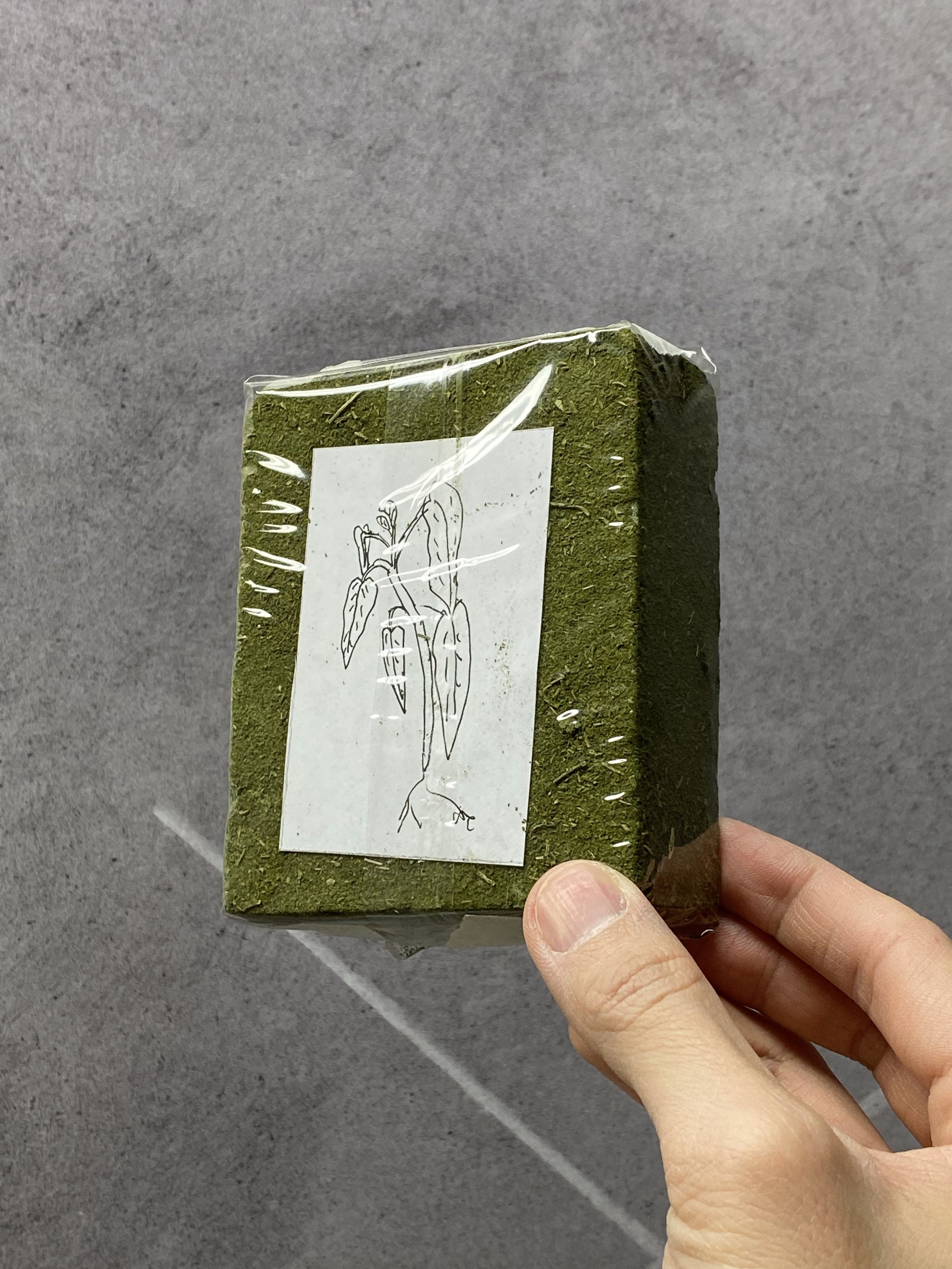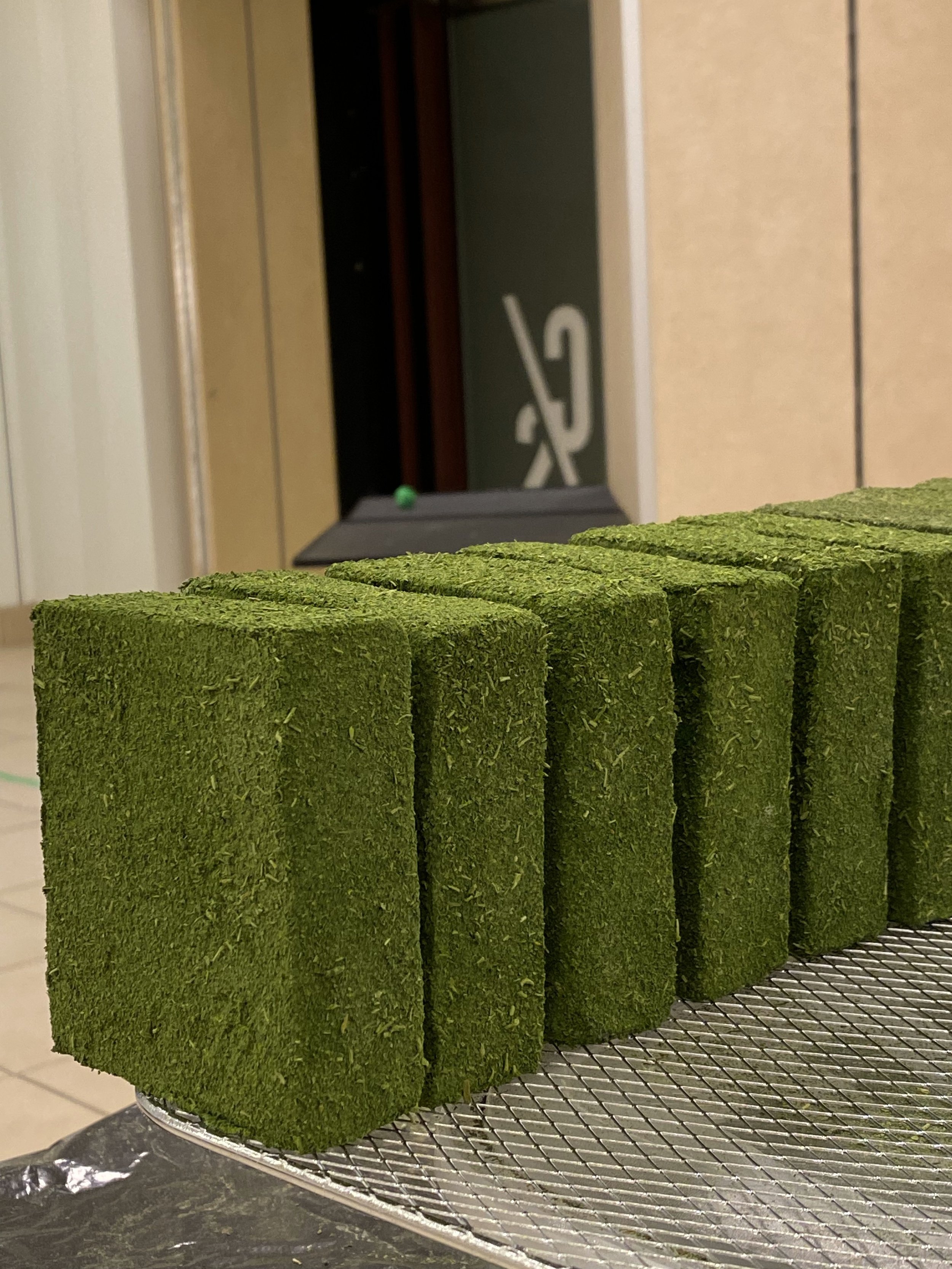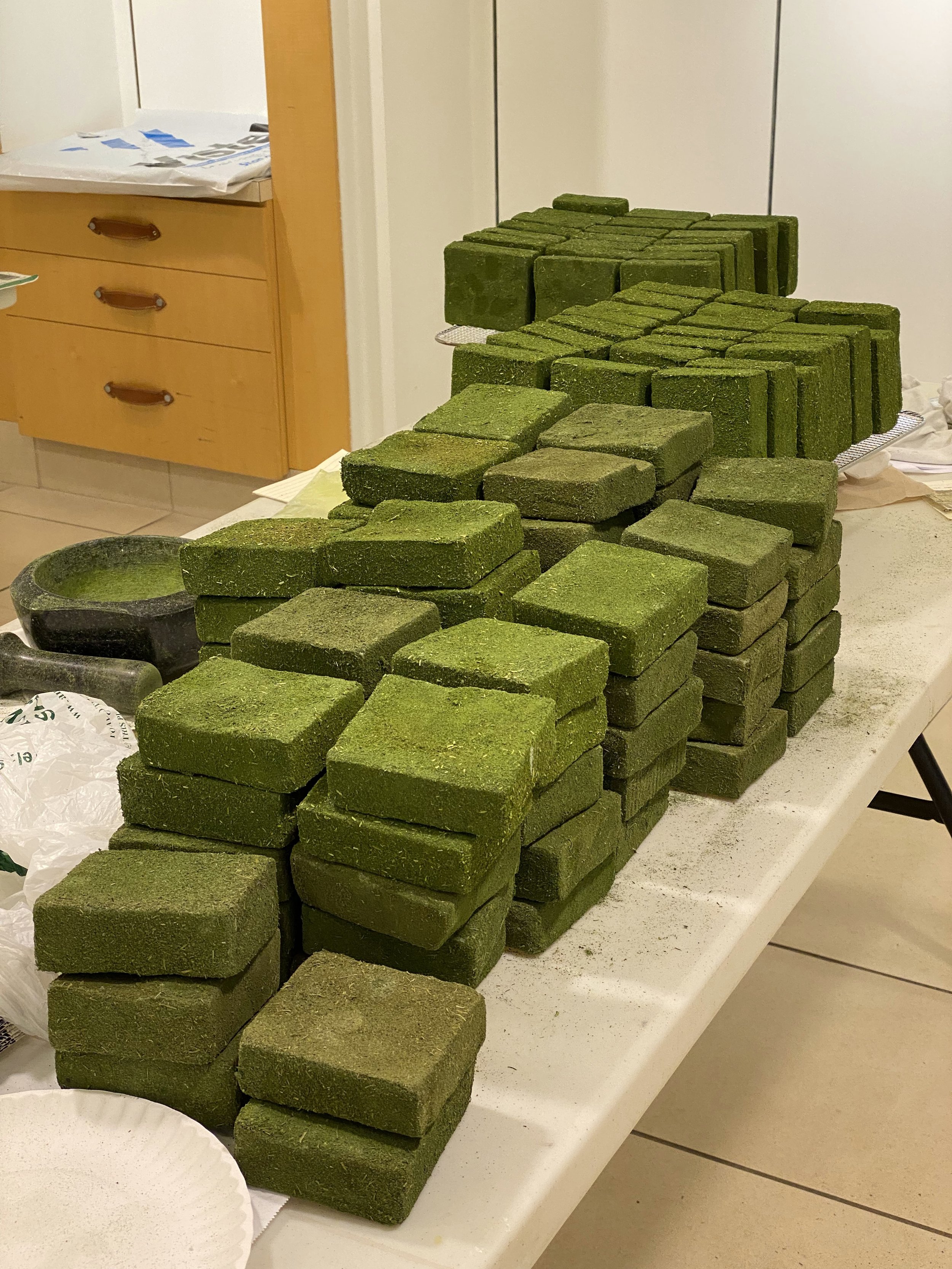New exhibition plans at HG in April. Thinking about climate control, labour militarism, and the manufacturing of PlayStations.
New and old works made between 2020 and 2023 in HK, Saigon, and Toronto.
New exhibition plans at HG in April. Thinking about climate control, labour militarism, and the manufacturing of PlayStations.
New and old works made between 2020 and 2023 in HK, Saigon, and Toronto.
The studio for the past two years has been going exceptionally well.
Through some help from my friends and the funding from the Ontario Arts Council’s Career Catalyst Grant, I’ve been able to build movable walls and acquire a colour-accurate monitor and mobile stand. This set-up has been phenomenal for studio visits as I reconfigure the space depending on my needs. Through the monitor and mobile TV stand, I’ve been able to display my video works, video editing-process, and digital research along with physical sculptures and wall works. The scale of the screen really gives a materiality and presence to screen-based works that would otherwise be blandly viewed on a small computer screen or phone.
A very big thank you and my acknowledgment to the Ontario Arts Council for empowering my studio, which in the past two-ish years has held multiple successful studio visits with writers and curators. Granting me exhibition opportunities and awards. I think a grant like the career catalyst is a perfect fit for emerging artist because it sets an artist up the fundamental tools that they request. It really gets the ball rolling and helps artists work in Ontario which is already a hard thing to do given the cost of living.
I’m constructing pictures that build up a visual world for the tong choy rations and Hole Story to exist together in for printed and exhibition contexts. A visual world that conveys degradation from a repeated cycle of wetting and drying.
Photography has existed in my practice for the purposes work to accomplish a specific project. While I take many photographs in leisure, typically with a phone, I had never used these leisurely images in my art practice. These two modes of image production were distinct operations. Now, I have been able to work with my leisure images with these ‘degradation pictures’ (a temporary name). Leisurely images that are specific to the geography of my tong choy rations and Hole Story are selected and given a treatment.
This type of work constitutes a deeper intimacy between myself and the artwork because these ‘degradation pictures’ are sourced from moments when I wasn’t actively laboring. In other words, these are images from my normal daily life tied to a specific and relevant geography and time. These images are a product of life and curiosity while living and researching somewhere. They are low-fi and compressed jpegs. These are photographs that a person makes and are then repurposed as a material to make art with.
When I view a ‘degradation picture’ I recall the moment or the reason why I took the picture. It is not as sentimental as it sounds, these pictures are usually just some curiosity that I come across in mundane life. When the added treatment transforms these images into ‘degradation pictures’, I impose an anticipated underwater future from sea level rise in Southeast Asia. Tragedy occurs when present time mundanity meets a dreaded future.
In an odd way, I think this is a preparation for mourning.
What would a contemporary ration or shelf-stable emergency food made of Tong Choy look like?
During the reunification of Vietnam and the country’s reconstruction, my family was rationed Tong Choy as a primary food source. The plant, carrying both high-nutrition and toxic elements from American ordnances, was easily cultivated in the wet lands of the newly formed Ho Chi Minh City. Today, the plant grows in wild abundance in many parts of the city.
Here, over 45 years after Reunification, I have been prototyping the form, packaging, and aesthetics of a ration for future emergencies. It is important that these rations look ‘handy’ as if any civilian could produce them, that the packaging is simple without specialized packaging and tools used to make today’s highest-end rations, like the USA MRE; and that they look like the could be sold by any street vendor.
Wrapping up my residency with the Art Gallery of Ontario. The last half of Workers’ Dance involves producing headshots that are in homage to Jeff Walls’ Young Workers’ (1978-1983) and utilizing the ideological strategies of portraiture from leftist political movements from the 20th Century.
Lifebuoy in still image from computer rendering.
Lifebuoy is a new sculpture made in continuity with Life Preserver + The Arrival for Te Magazine at the upcoming TANK Art Festival at TANK Shanhai. A total of 144 imitation beef and fish balls (鱼蛋 and 牛丸) are vacuum sealed into 16 packages similar to those found in food markets. They are then bound together using plastic strings that are vernacular to daily life in Asia Pacific. Inspiration for Life Preserver + The Arrival came after noticing how meatballs eaten in the food cultures of Asia Pacific have a tendency to float in the soups that they are served in. This style of meatball originated from the Southern Chinese who, just like their meatballs, were ‘buoyant’ in the liquids of the South China Sea as they sailed for new homes across the region. Lifebuoy accompanies the inaugural launch of Te Magazine, an art and anthropology publication. I contributed two recipes and a reflection on food that has been developed and adapted by the Chinese diaspora in Ho Chi Minh City, Vietnam.
Lifebuoy, 21x21x1”, 2021.
Lifebuoy, Work-In-Progress documentation.
Lifebuoy with wall vinyl of Lake Ontario (Toronto, Canada) in still image from computer rendering.
Lifebuoy situated in TANK Shanghai, still image from computer rendering.



